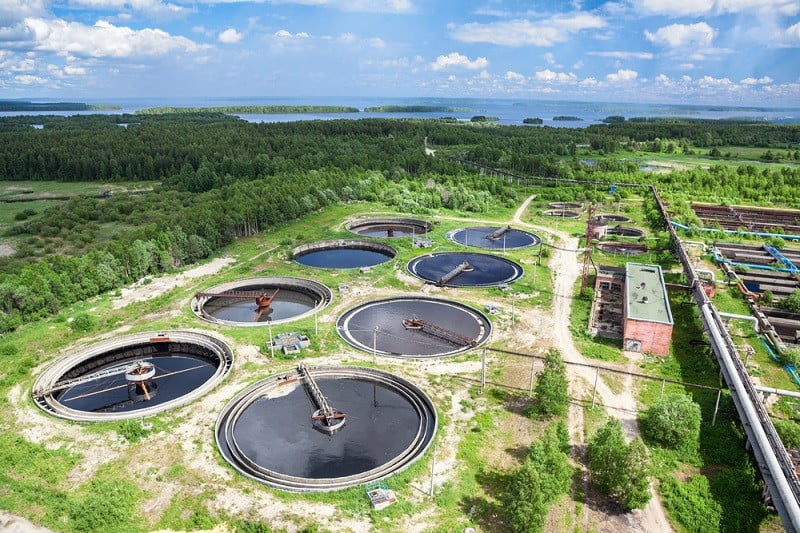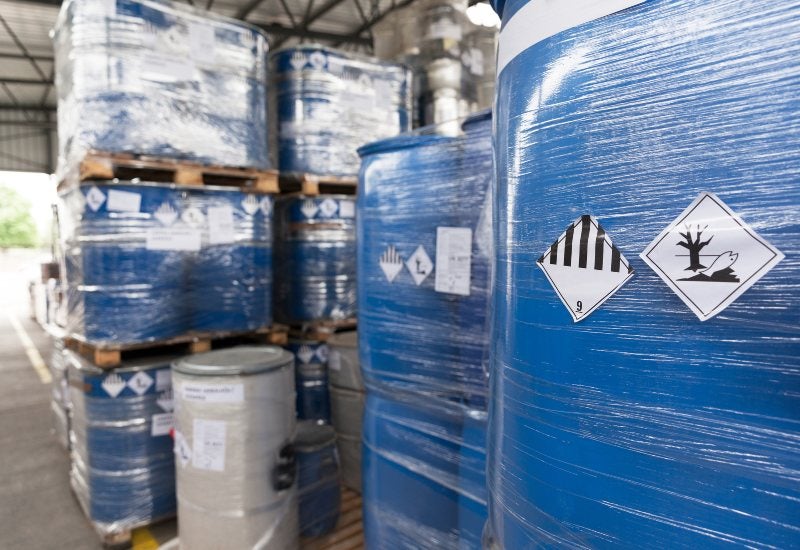Specialist Liquid Waste Removal Melbourne: Quick and Inexpensive Services
Specialist Liquid Waste Removal Melbourne: Quick and Inexpensive Services
Blog Article
Exactly How Liquid Garbage Disposal Functions: A Comprehensive Summary of Techniques and Technologies Used

Review of Liquid Waste Types
The complexity of fluid waste kinds demands a thorough understanding of their characteristics and implications for disposal. Fluid waste can generally be classified right into a number of types, including commercial, metropolitan, farming, and harmful waste. Each classification exhibits distinct residential or commercial properties, requiring details monitoring methods to reduce environmental and wellness threats.
Industrial liquid waste stems from making procedures and typically includes a series of impurities, such as heavy metals, solvents, and natural compounds. Municipal fluid waste, mainly comprising wastewater from families and industrial facilities, consists of organic issue, nutrients, and microorganisms (industrial wastewater treatment). Agricultural liquid waste, consisting of overflow from farms, might include plant foods, chemicals, and animal waste, posturing dangers to water quality and ecosystems
Unsafe fluid waste is defined by its poisoning, reactivity, or potential to trigger injury. Understanding these diverse liquid waste types is critical for developing effective disposal techniques and making certain conformity with environmental policies.
Physical Treatment Techniques

Testing is the initial action, where bigger bits and particles are gotten rid of from the liquid waste making use of screens or grates. In sedimentation tanks, larger bits clear up at the base, creating a sludge layer, while the cleared up fluid can be additional treated.
Purification is one more vital method that entails passing the liquid via porous products, such as sand or membranes, to capture smaller sized particles. This step enhances the top quality of the liquid, making it ideal for subsequent therapy processes.

Chemical Therapy Methods
Chemical therapy techniques are crucial for successfully managing liquid waste, specifically in dealing with liquified and colloidal contaminants that physical techniques may not effectively remove. These methods make use of various chemical agents to counteract, precipitate, or transform unsafe substances into much less harmful types.
One usual method is coagulation and flocculation, where chemicals such as alum or ferric chloride are contributed to advertise the gathering of suspended bits. This procedure boosts sedimentation, permitting simpler elimination of the resulting sludge. In addition, oxidation procedures, employing agents like chlorine or ozone, are utilized to damage down intricate organic compounds and microorganisms, providing the waste more secure for discharge or further treatment.
Neutralization is one more essential technique, which adjusts the pH of acidic or alkaline waste streams to neutral degrees, protecting against potential harm to downstream systems and the setting. Additionally, advanced oxidation processes (AOPs) utilize mixes of oxidants and ultraviolet light to break down persistent find here toxins, attaining a higher level of treatment effectiveness.
Organic Treatment Processes
Biological treatment processes play a vital function in the monitoring of fluid waste by using bacteria to disintegrate natural matter and decrease contaminant levels. These procedures can be generally classified into cardiovascular and anaerobic treatments, each using details microbial areas to accomplish efficient waste degradation.
Aerobic therapy includes using oxygen to help with the breakdown of natural products by bacteria. This process is generally carried out in triggered sludge systems, where aeration containers supply a conducive setting for microbial development, causing the oxidation of organic pollutants. The resultant biomass can be divided from treated effluent with sedimentation.
On the other hand, anaerobic therapy happens in the absence of oxygen, relying upon different bacteria to damage down raw material. This technique is particularly helpful for high-strength waste, as it generates biogas, a renewable resource source, while minimizing sludge production. Technologies such as anaerobic digesters are regularly employed in metropolitan and industrial applications.
Both aerobic and anaerobic organic treatments not just lessen the ecological effect of fluid waste however additionally help with source recuperation, making them necessary components of sustainable waste monitoring techniques. Their flexibility, effectiveness, and effectiveness sustain their extensive implementation across numerous sectors.
Emerging Technologies in Disposal
Ingenious techniques to fluid garbage disposal are rapidly developing, driven by improvements in technology and an enhancing focus on sustainability. Amongst these arising modern technologies, membrane layer bioreactors (MBRs) have gained traction for their capability to integrate Going Here biological treatment with membrane layer filtering, leading to high-quality effluent that can be reused in various applications. MBRs enable smaller footprints and more efficient operations compared to traditional systems.
Another promising development is making use of anaerobic digestion integrated with nutrient healing innovations, which not just treats liquid waste but likewise produces biogas and recuperates beneficial nutrients like nitrogen and phosphorus. This twin advantage boosts source performance and lowers ecological influence.
In addition, advanced oxidation processes (AOPs) are being adopted for the deterioration of complicated organic contaminants. These techniques use effective oxidants and catalysts to break down contaminants at the molecular level, offering a very effective service for tough waste streams.
Furthermore, the integration of expert system and artificial intelligence in waste administration systems is optimizing functional effectiveness and anticipating upkeep, resulting in reduced prices and improved ecological compliance. These technologies show a significant change towards even more efficient and lasting liquid garbage disposal methods.
Conclusion
In conclusion, efficient fluid waste disposal necessitates an extensive understanding of numerous techniques and technologies. By constantly progressing these methodologies, it becomes possible to attend to the expanding obstacles associated with liquid waste, eventually adding to ecological defense and resource recovery.
Liquid waste disposal is a critical aspect of environmental administration, needing a detailed understanding of numerous strategies and modern technologies tailored to various waste kinds. Fluid waste can generally anonymous be classified right into numerous kinds, consisting of commercial, metropolitan, farming, and hazardous waste. Agricultural liquid waste, consisting of drainage from ranches, might have plant foods, chemicals, and pet waste, presenting threats to water quality and communities.
Numerous physical therapy techniques play a vital role in managing liquid waste effectively - industrial wastewater treatment.In verdict, efficient fluid waste disposal requires a comprehensive understanding of various methods and innovations
Report this page